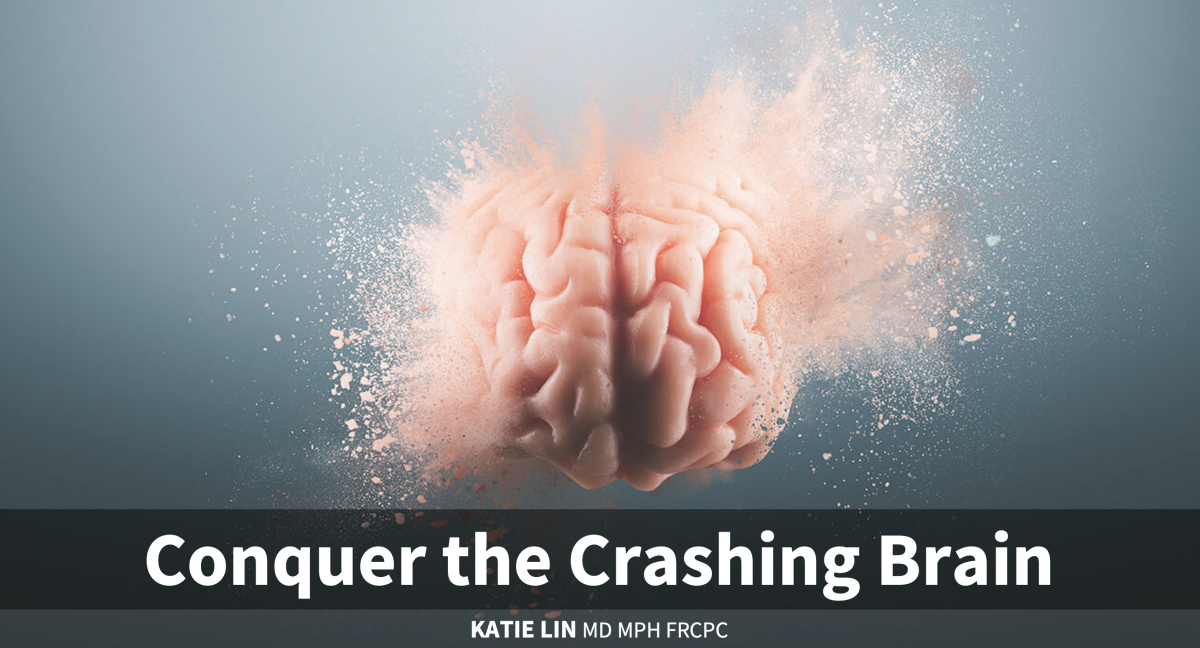The management of burn blisters has always produced a lot of debate. My teaching was to leave the blisters alone, as deroofing them provides no benefit but increases pain. Recently I have noticed a push to have burns debrided. Both in Canada and New Zealand, I have had plastic surgeons refer patients back into the emergency department to have their burns debrided. It was also recommended on a fantastic episode of Emergency Medicine Cases. Although I love procedures, the referred patients are almost always small children, who require sedation, with difficult IV access, and end up occupying a much needed ED bed for a long period of time. Given the clear downsides of this new practice, I thought it would be worthwhile to review the evidence, assuming there must be some new high quality studies that prompted this advice to debride burn blisters. (Spoiler: there aren’t.)
Although there are many strong opinions, there are no definitive answers. Given that practices vary drastically from hospital to hospital, no one treatment strategy can be considered standard care. (Sargent 2006) Reviews of this topic spend most of their time discussing physiologic data and animal models. There is much theoretical debate about the various biochemicals contained in blisters, and whether they are bad or good. I am always wary of basing clinical decisions on physiologic studies, because they have been wrong too often in the history of medicine. When it comes to burn management, it is basically impossible to make a decision based on physiologic reasoning, because different experts make different recommendations based on the same data. (For a nice overview, see Flanagan 2001) More importantly, patients don’t care about the thromboxane levels in their blister fluid. They care about pain, speed of healing, scarring, and function. Therefore, I will only look at clinical studies. (Which unfortunately leaves us with very little to look at.)
Gimbel (1957) is a fascinating study in that they purposefully burned medical student volunteers. On each “volunteer” they made 12 to 16 one centimeter burns across the abdomen, which after blister formation were either left in tact, aspirated, or debrided (at various different timeframes). The numbers are small, but the only group whose wounds were 100% healed by day 14 was the group with their blisters left in tact. Healing rates seemed to be slower with aspiration and debridement.
Forage (1962) presents a case report of a 14 year old girl with burns to both of her legs. They decided to use the legs as their own controls. They left the blisters in tact on the right and debrided the left. The right leg (no debridement) had less pain, faster healing, and better cosmetic results at 1 year. Of course, there is no way to know that the burns were equal to begin with, and this is a single patient.
Swain (1987) performed a non-randomized, open label trial where 316 patients with partial thickness burns had their blisters left intact, aspirated, or debrided. All patients healed well with conservative management. There was a much higher rate of bacterial colonization in the aspiration and deroofing groups (70% and 76% vs 14%). Colonization is not really a patient important outcome, and they don’t report the rate of infection here. Pain was increased with deroofing.
Ro (2018) studied 40 patients with burn blisters and randomized them to their aspiration or deroofing of the blister. This study doesn’t help us a lot, because they didn’t include a control group where they left the blisters intact. It wasn’t a perfect study, with no blinding of physicians or patients, and inadequate allocation concealment (they used a coin flip). There were no major differences between the groups. Healing time and pain were the same. However, scarring was worse at all timeframes in the debridement group, based on a validated scale.
There is a BestBET review on this topic from 2006, and the only paper they found that matched their search criteria was the paper by Swain. Their conclusion is “based on the current available evidence, blisters should, wherever possible, be left intact to reduce the risk of infection, but if anatomical position necessitates intervention for functional purposes, aspiration appears to result in less pain than deroofing.” (Shaw 2006)
When thinking about burn debridement, there are really two separate (but related) questions. Thus far, we have been focused on the management of intact blisters, but what do we do with spontaneously ruptured blisters? Should we debride nonviable, loose tissue from the wound?
I could not find a single study addressing the management of loose tissue present after a blister ruptures spontaneously. Reviews often take a hard line stance that this tissue “must” be removed, but never cite any evidence for such a statement.
You might be able to extrapolate from the literature on aspirating blisters, because aspiration is not unlike spontaneous rupture. It leaves you with loose, devitalized tissue covering the wound. The studies discussed above demonstrate that aspiration is probably better than debridement. Therefore, in the absence of any other evidence, I think it is reasonable to leave uninfected devitalized tissue in place. (To be fair, it mostly self-debrides after a few dressing changes anyway.)
Clearly, there is not strong evidence. However, there isn’t even a hint that deroofing blisters or debriding uninfected burns is helpful. Seeing as the procedure adds time, pain, and maybe the risks of sedation, it doesn’t seem justified to me. However, it seems like burn debridement is the trendy recommendation from burn specialists. There is no doubt that these physicians have a great deal more experience in managing burns than me. However, if they are going to ask me to put my patients through added pain, with significant extra strain on the flow of my emergency department, I think the onus is on them to provide evidence of benefit. It really shouldn’t be that hard to do. Burns are common, and there is clearly equipoise in the community. If you are a burn centre, please just organize the RCT.
References
FORAGE AV. The effects of removing the epidermis from burnt skin. Lancet (London, England). 1962; 2(7258):690-3. [pubmed]
Flanagan M, Graham J. Should burn blisters be left intact or debrided? Journal of wound care. 2001; 10(2):41-5. [pubmed]
GIMBEL NS, KAPETANSKY DI, WEISSMAN F, PINKUS HK. A study of epithelization in blistered burns. A.M.A. archives of surgery. 1957; 74(5):800-3. [pubmed]
Ro HS, Shin JY, Sabbagh MD, Roh SG, Chang SC, Lee NH. Effectiveness of aspiration or deroofing for blister management in patients with burns: A prospective randomized controlled trial. Medicine. 2018; 97(17):e0563. [pubmed]
Sargent RL. Management of blisters in the partial-thickness burn: an integrative research review. Journal of burn care & research : official publication of the American Burn Association. 2006; 27(1):66-81. [pubmed]
Shaw J, Dibble C. Management of burns blisters Emergency Medicine Journal. 2006; 23(8):648-649.
Swain AH, Berge SA, Wakeley CJ et al. Management of blisters in minor burns. Br Med J (Clin Res Ed). 1987;295:181.
Should you debride burn blisters?
Like this post? You can find more evidence based reviews here.
Morgenstern, J. Should I debride burn blisters?, First10EM, September 16, 2019. Available at:
https://doi.org/10.51684/FIRS.9544






7 thoughts on “Should I debride burn blisters?”
What about dressing or topic treatment? Any recommendation besides keeping the blister intact? Greetings
Those are huge topics in themselves. The key seems to be keeping the wound moist. Personally, I just use a vasoline impregnated gauze of some sort. For a more in depth discussion, check out the great EM Cases podcast on the topic: https://emergencymedicinecases.com/burn-inhalation-injuries/
As I do for myself…I like an #11 blade stab to decompress and be done with it!
Thanks so much for this article! It’s helping me right now in 2022 as I currently have a large second degree burn blister (almost my whole hand is was big blister) that accidentally popped. My GP recommended removing the skin, but I left it on because it just seems weird to not have that protective layer on my exposed skin. I also couldn’t find any articles that justified doing so (i just looked on google scholar as I am a mere layman), except for that supposedly it could trap debris underneath and cause infections. Your article provided comfort that I made the right decision. Also interesting: one day later a part of my popped blister has refilled.
Furthermore, I am treating it with aloe vera which i freshly cut everyday from a plant. Google scholar articles showed that aloe vera gives a faster recovery: 8 days faster than Vaseline!
P.S. I am from the Netherlands, so excuse my English
Leave the blister alone and coat the blistered area with Gentian Violet or (Dr Naylor’s blue kote) When the violet dries, bandage it loosely. cover the bandage with something firm. This keeps the air off the wound. If the wound starts hurting, clean the area with alcohol gel to remove the violet, then reapply. The blister will drain or evaporate in a few days. If the blister breaks, leave the skin attached, lay it over the burned area and reapply violet. Bandage and cover.
The blister is like a scab. The skin is also a scab. You don’t pick at scabs. The burned skin will dry like a scab and come off when it’s ready.
The worst pain from a burn happens when the nerve under the blister is exposed to air. (Just like an abscessed tooth.)
I’ve tried this myself several different times on my own burns.